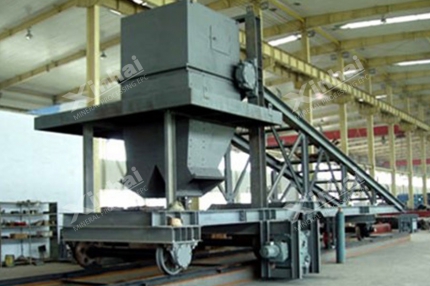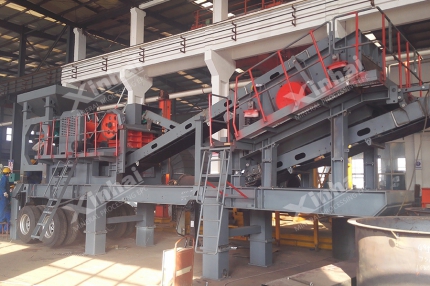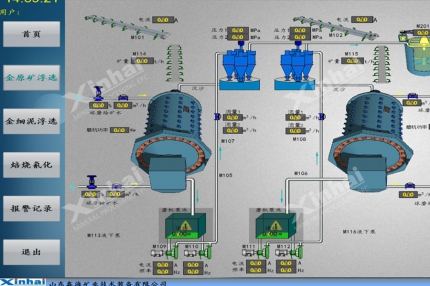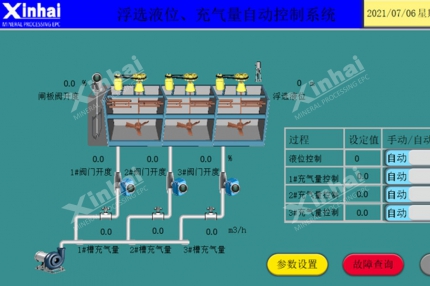Gold particles in hard rock gold ore are usually finely disseminated, hard, and complexly distributed, making it difficult for traditional gold mining equipment to achieve efficient recovery. Unlike alluvial gold, the rock gold milling process requires systematic operations through multiple stages, including crushing, screening, grinding, gravity separation, flotation, and leaching (CIP/CIL).
In hard rock gold projects, the scientific configuration and selection of equipment directly affect gold recovery rate, production efficiency, and overall operating costs.
This article will analyze the main characteristics of hard rock gold ore in depth and focus on introducing the role and key selection points of the equipment used in the hard rock gold processing process. It helps mining enterprises avoid common mineral processing mistakes and achieve efficient and stable gold recovery.
Use the table of contents below to navigate through the guide:
01How Hard Rock Gold Ore Is Mined and Processed
The core of Golden Rock Mining is to first extract ore from underground or open-pit mines, then separate gold from the ore through mineral processing, and finally obtain finished gold. It is divided into two major stages: mining and mineral processing.
Rock Gold Mining
Gold mining in rock is mainly divided into open-pit mining and underground mining, depending on the ore body's burial depth, topographic conditions, and economic factors. Shallow ore bodies are mostly mined by open-pit mining, which offers low cost, high efficiency, and good safety; deep ore bodies require underground mining.

Processing Rock Gold Ores
The gold content of mined ore is very low (usually only a few grams or even tenths of a gram per ton of ore). It is necessary to separate and concentrate gold from the ore through mineral processing to obtain high-purity gold. The mainstream methods for hard rock gold processing include flotation, cyanidation, and gravity separation. In addition, there are amalgamation and heap leaching methods. In actual production, they are often used in combination according to ore characteristics.
✦ Rock Gold ore flotation
Flotation is one of the most widely used methods in gold ore processing, especially suitable for ores where gold is associated with sulfide minerals (such as pyrite and chalcopyrite). Its core principle is to exploit the differences in the physical and chemical properties of mineral surfaces to adsorb and separate gold-bearing minerals using bubbles.

Flotation Equipment
Mechanical flotation machines and pneumatic flotation machines are matched to different gold ore characteristics.
Mechanical flotation machines rely on a rotor-stator system to generate bubbles, which are suitable for processing sulfide hard rock gold ore with high mud content or coarse particle size. Pneumatic flotation machines supply air from an external compressor, producing finer, more uniform bubbles that are better suited to fine-grained gold or easily oxidized gold ore.
In actual production, the two are often used in combination to form a two-stage flotation process of "roughing + cleaning": the former stage uses mechanical flotation to ensure a high gold recovery rate, and the latter stage uses pneumatic flotation to improve concentrate grade. This significantly improves the overall flotation recovery rate while balancing output and purity.
✦ Cyanidation
Cyanidation is an efficient method for direct gold extraction, suitable for ores where gold particles are fully exposed (especially fine-grained gold and micro-gold). Its core principle is to use a cyanide solution to react with gold, forming water-soluble gold cyanide complexes, and then extract the gold from the solution. According to the ore state, it can be divided into all-slime cyanidation and the carbon-in-pulp (CIP) method.

The main equipment includes mechanical agitation, cyanidation tanks, and activated carbon adsorption towers. The former uses high-efficiency agitation to ensure that the cyanide solution fully reacts with the ground ore pulp, promoting gold dissolution; the latter integrates leaching and adsorption, eliminating the need for solid-liquid separation and greatly improving gold extraction efficiency.
✦ Gravity separation
Gravity separation uses the large density difference between gold and gangue minerals to separate gold particles through gravity. It is suitable for ores with a high content of coarse-grained gold (>0.074 mm) and is often used as an auxiliary mineral processing method.
Gravity Separation Equipment
Shaking table: It can recover free gold particles with high precision. The shaking table leverages the synergy of asymmetric reciprocating motion and directional water flow to efficiently separate gold particles from gangue. The working surface is paved with wear-resistant rubber, and the bed layer gradually decreases from the feed end to the discharge end, so that high-density gold particles are concentrated in the concentrate area, while tailings are discharged with water flow. This equipment has a stable structure and accurate separation, and is the core unit of most gravity separation processes.
Gold centrifugal concentrator - An efficient solution for fine-grained gold recovery.

Centrifugal concentrators accelerate the sedimentation of fine-grained gold using strong centrifugal force, compensating for the limitations of traditional gravity separation equipment in fine gold recovery. It has strong adaptability to hard rock gold ore with high mud content and can realize "one-time separation to obtain concentrate". It is especially suitable for old tailings reprocessing projects and high-grade fine-grained gold recovery links.
To further improve fine-grained gold recovery, a combined gravity separation process of "shaking table - centrifugal concentrator - sluice" is often used to achieve comprehensive recovery of coarse, medium, and fine-grained gold.
✦ Other auxiliary / special methods
Amalgamation: It uses the property that mercury (quicksilver) can form an amalgam (alloy) with gold to capture free gold in the ore. However, mercury is highly toxic and poses great harm to the environment and the human body. It is currently strictly restricted and only used in small amounts in specific scenarios.
Heap leaching: Suitable for low-grade hard rock gold ore. The crushed ore is piled on an anti-seepage mat, and a cyanide solution is sprayed onto it. The solution dissolves gold during the infiltration process, and the gold-bearing solution is then collected for gold extraction. This method is low-cost, but the gold recovery rate is low, and the leaching cycle is long.
☞Click to learn more about mineral processing equipment.
02Rock Gold Processing Equipment
In hard rock gold ore mining and processing, equipment selection is critical for efficient extraction, cost control, and safety. Hard rock ore is highly abrasive (Mohs 6–8) and contains fine, uneven gold particles, requiring wear-resistant, automated, and adaptable systems. Professional crushing, grinding, and separation setups are key to optimal precious metal recovery.
1. Crushing and Grinding
Crush large ore to<20 mm pieces, then grind to fine powder for gold exposure and extraction preparation.
(1)Crushing Equipment
Jaw Crusher: Core for primary crushing of high-hardness ore (Mohs 6–8, e.g., quartz vein or sulfide). "V"-shaped cavity ensures stable operation and adjustable particle size control.

Secondary/Fine Crushing Options:
Hammer Crusher: For medium-hardness oxidized ore (Mohs 4–6); high ratio (10–20), output, and low cost; ideal for small/medium projects.
Cone Crusher: Laminated crushing for hard rocks; uniform particle size; used in large-scale secondary/tertiary stages.
Impact Crusher: High-speed rotor and impact plate for excellent particle shape; suits medium-hard ores like limestone/sandstone.
Double-Roll Crusher: Extrusion for fine/ultra-fine crushing; adjustable gap; for later stages in small/medium plants.
(2)Screening Equipment
Classifies ore by size post-crushing/grinding to boost efficiency and recovery. Key for waste removal, pre-grinding classification, and concentrate/tailings separation. Provides stable particle control for downstream processes.

2. Grinding and Classification Equipment
Ball Mill: Steel ball impact/grinding for deep dissociation; essential for >100 t/d projects.
Spiral Classifier: Gravity sedimentation + spiral return of coarse particles to mill; forms closed circuit. Ideal for high-mud, uneven-gold ores; stabilizes grind size and efficiency.
Smelting Equipment
Xinhai induction furnaces use electromagnetic stirring for deep purification, yielding 99.99% pure gold bars/ingots.
3. Tailings Dry Discharge System
Includes high-efficiency thickeners, dewatering screens, and filter presses to reduce moisture<20%. Enables goaf filling or reuse (e.g., brick-making), minimizing land use and environmental risks for green mining.
From site selection to environmental compliance, Xinhai provides complete TSF engineering solutions tailored to your mine’s needs.
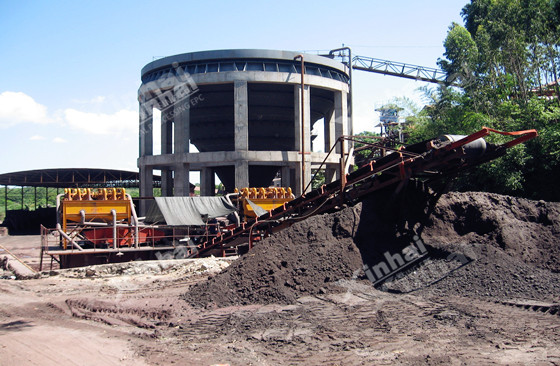
High-quality hard rock gold processing equipment is the core of the success of a mine project. For small- and medium-sized mines, modular and mobile equipment can significantly shorten the construction and commissioning cycle; for large-scale projects, a customized design is required for the entire crushing, grinding, gravity separation, flotation, or leaching process. At the same time, the tailings dry-discharge and wastewater recovery systems are also crucial to ensuring compliance with environmental protection requirements.
Xinhai China can provide a complete process and equipment solution for the recovery of coarse- to fine-grained gold, helping you build a gold processing plant with a high recovery rate and low energy consumption. Contact us now to customize an efficient gold processing solution for your hard rock gold project!

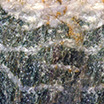
 marketing@ytxinhai.com
marketing@ytxinhai.com  0086 13810327080
0086 13810327080 
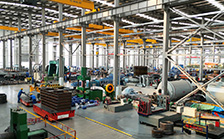
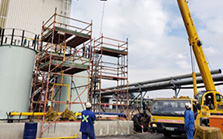

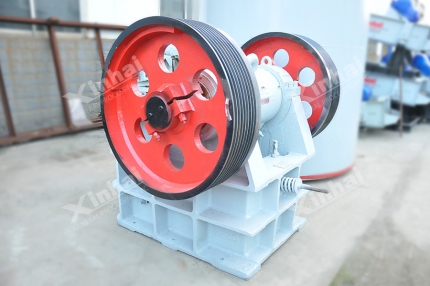

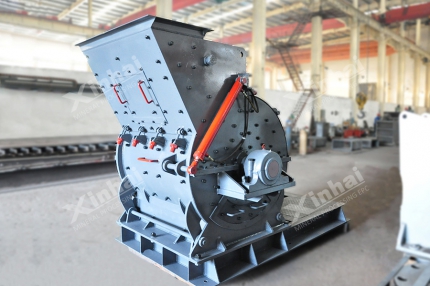
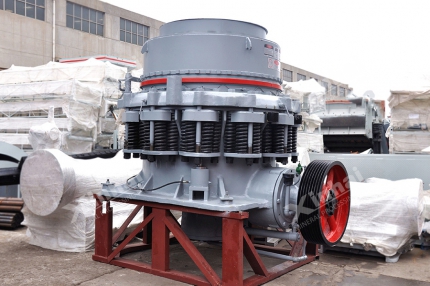
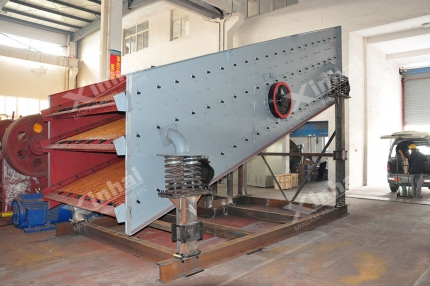
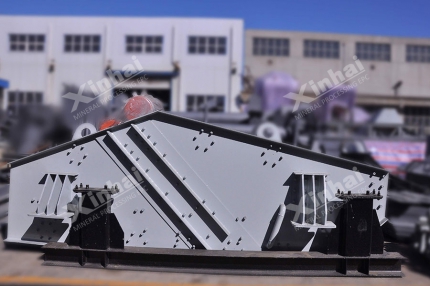
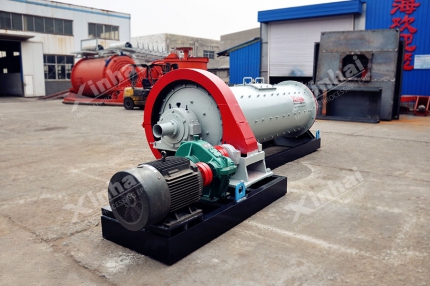
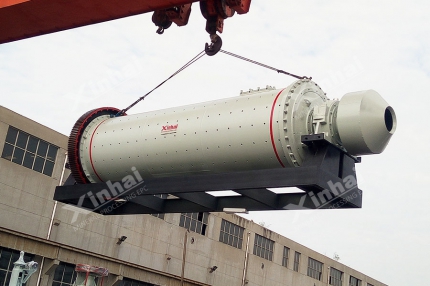
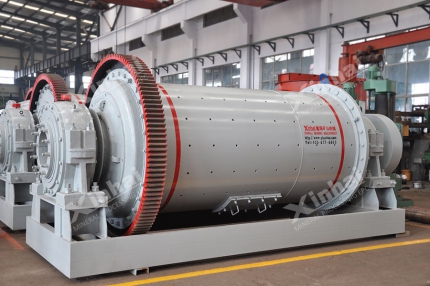
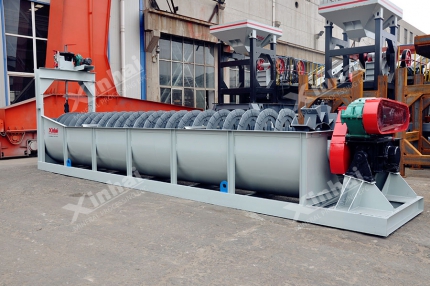
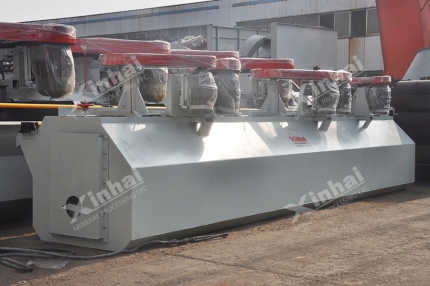
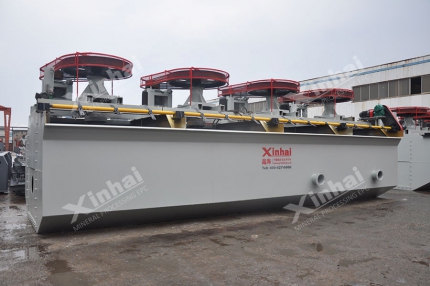
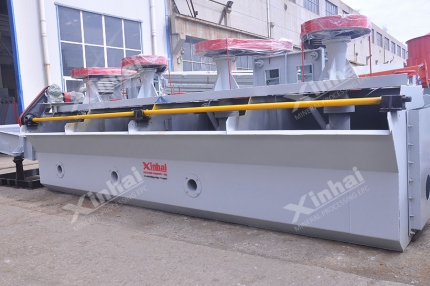
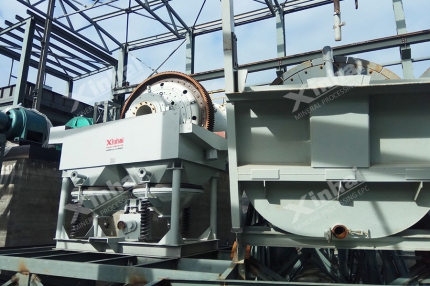
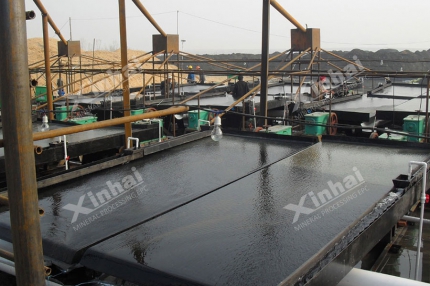
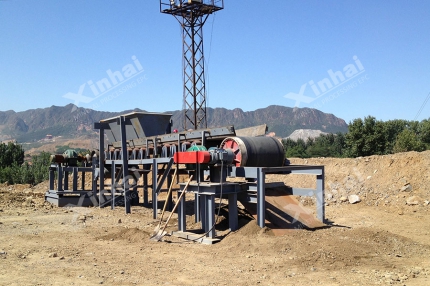
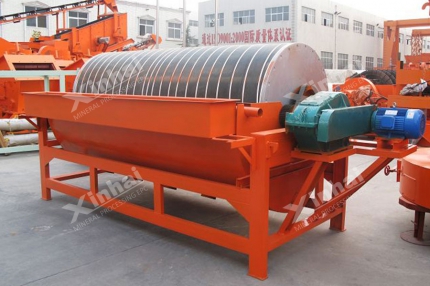
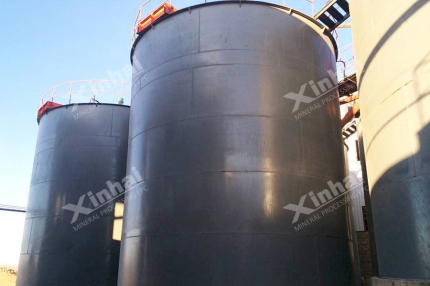
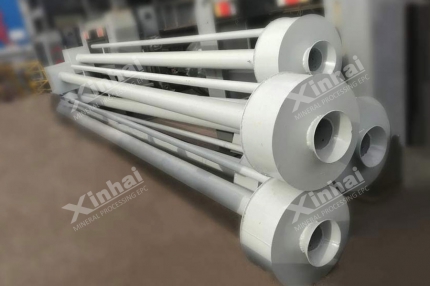
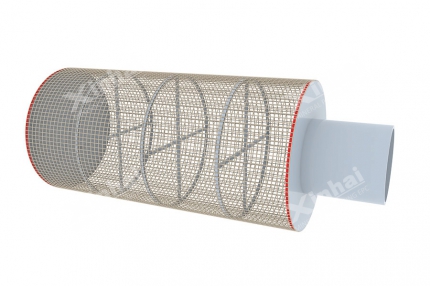
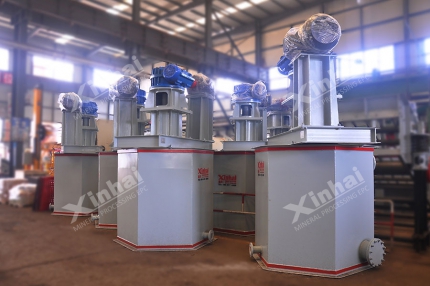
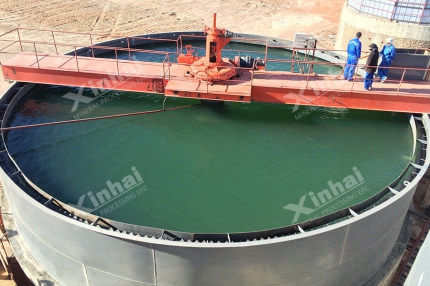
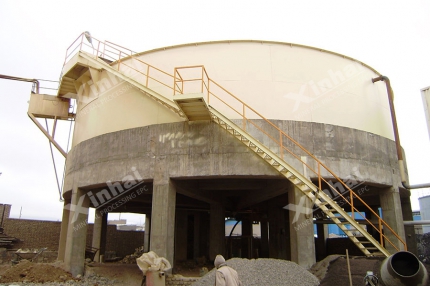
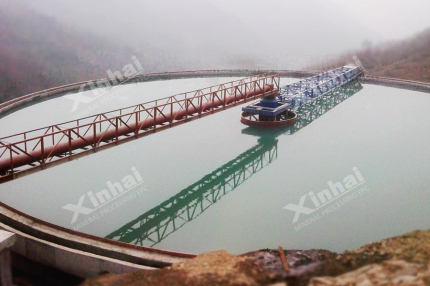
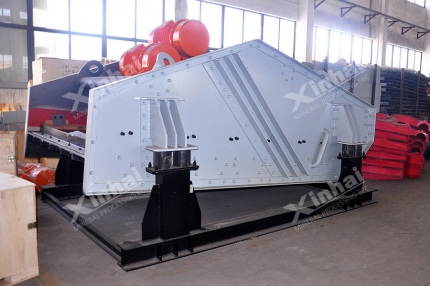
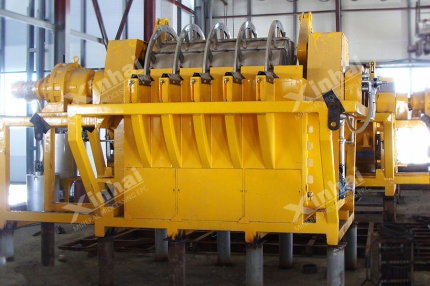
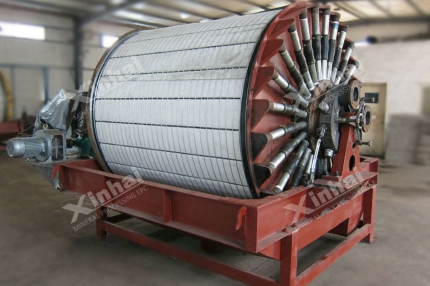
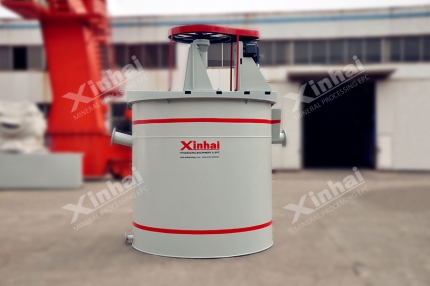
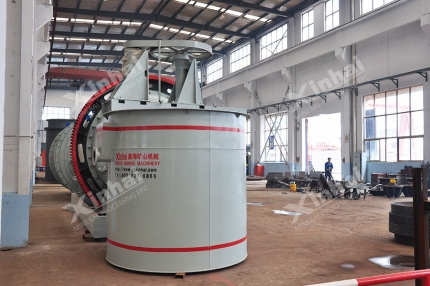
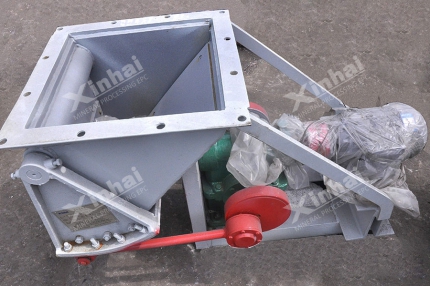
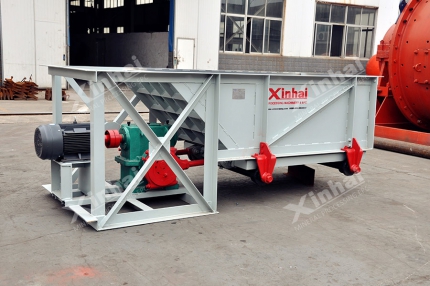
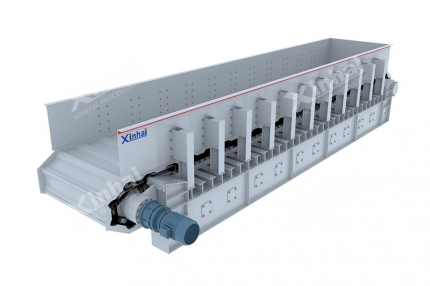
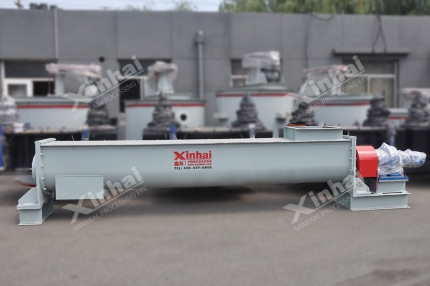
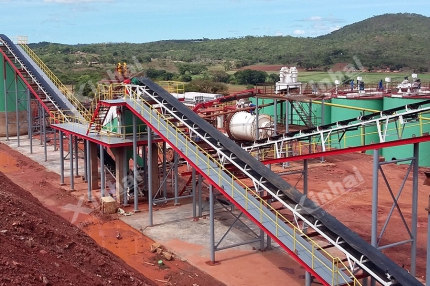
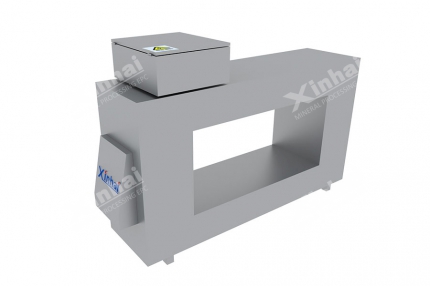
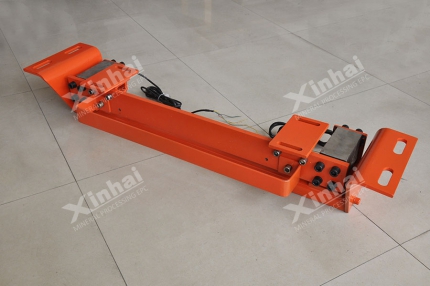
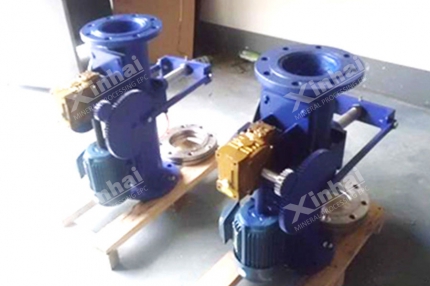
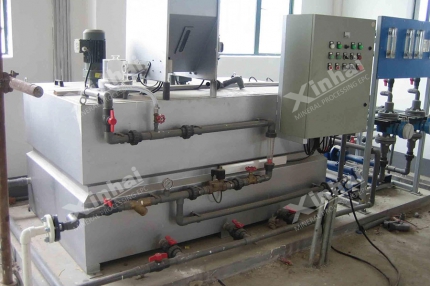
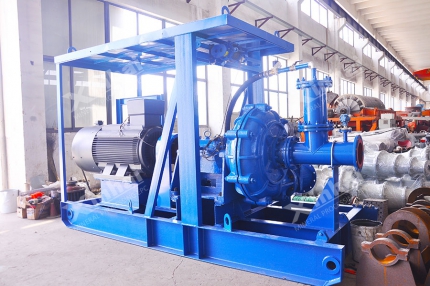
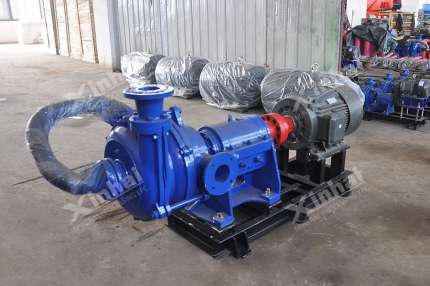
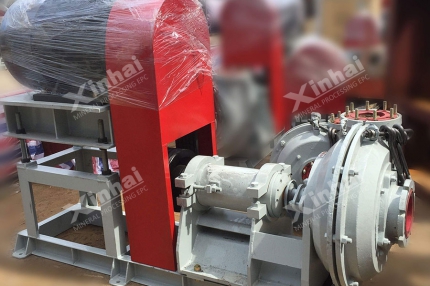
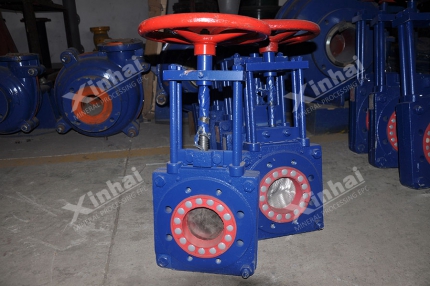

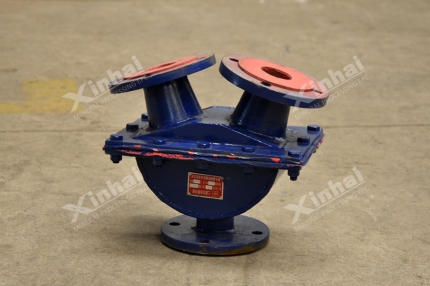
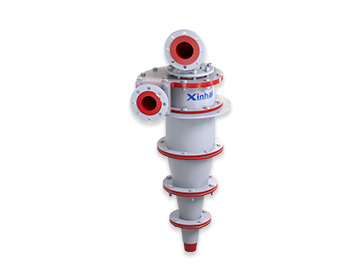
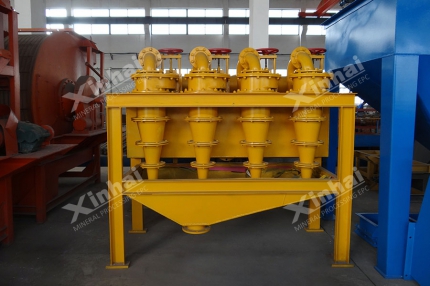
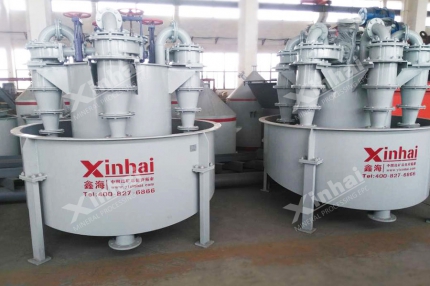
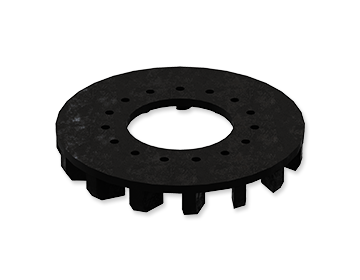
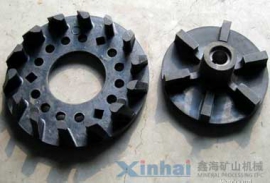
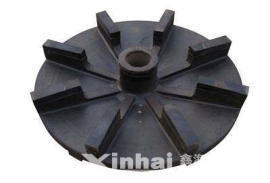
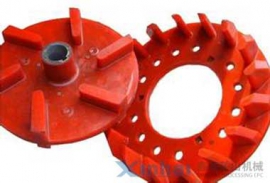
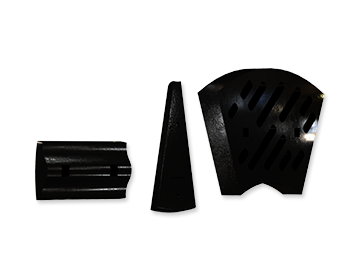
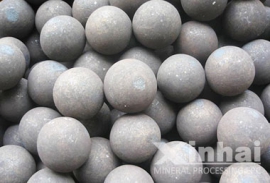
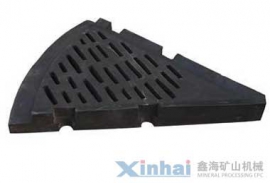
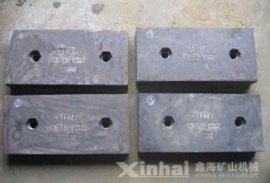
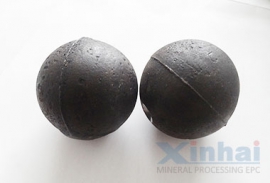
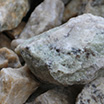
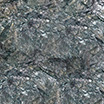
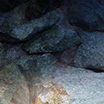
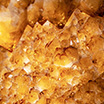


 CHAT
CHAT MESSAGE
MESSAGE







